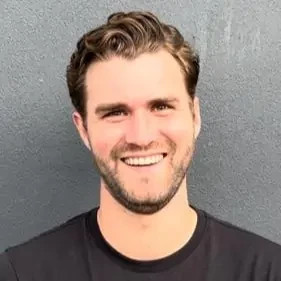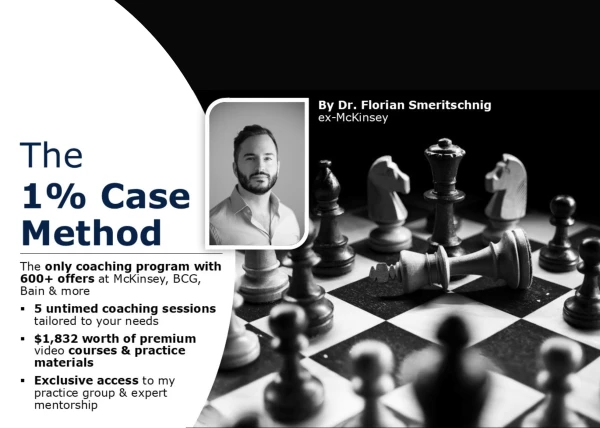Hi there,
What are some of the best ways for junior/mid level consultants to contribute to the firm OUTSIDE of regular, project-related work? Some of the ideas I came across include:
- Initiating team-building activities, communities
- Building knowledge in narrow field of expertise within one's interests (finalized by article, report)
- Creating tools helpful for the team (e.g. automatizing mundane tasks like submitting expenses)
What other ideas, in your opinion, are worth considering? Or what interesting initiatives have you seen in your firms?
Thanks!









